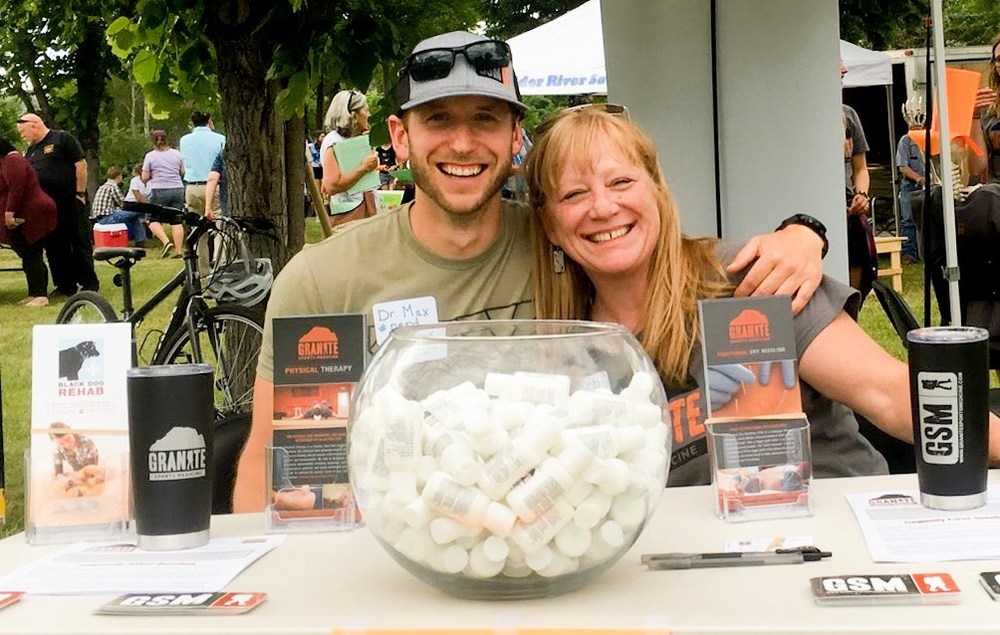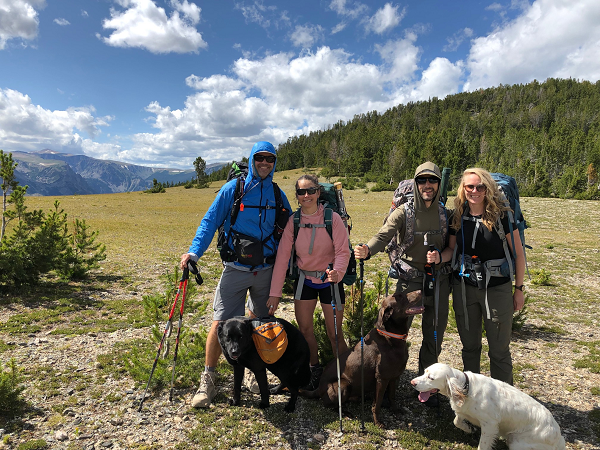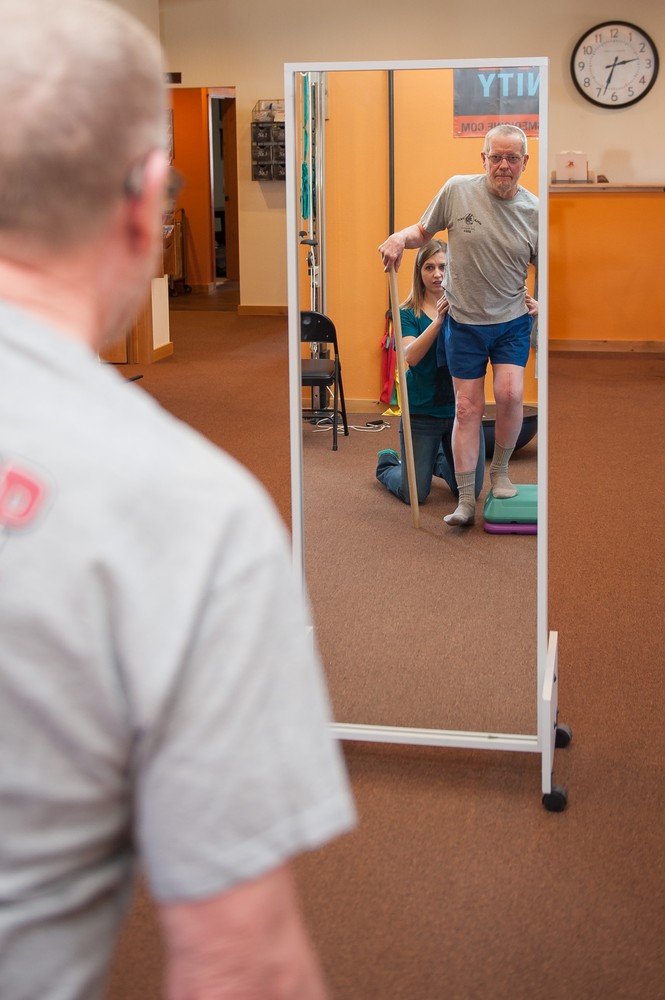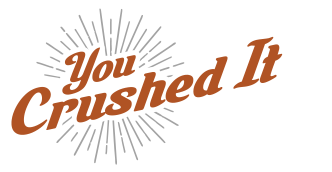Last week we introduced intentional breathing and today we are going to continue to expand on how proper bracing and breathing can make significant impacts on your health. If you’ve been practicing your exhale breath this week, you may have noticed less neck tension, improved posture and hopefully a sense of calmness! Another awesome benefit is the recruitment of your abdominal muscles or what we refer to as “bracing”. Recruitment simply means connecting to your muscles, or turning them on. Did you happen to notice that you were engaging your abdominal muscles while breathing intentionally? It was happening, even if you didn't tune into it.
I’ve been practicing for more than 17 years and I’ve seen the label “core exercises” applied to all sorts of activities (from sit ups to back extension machines to sitting on a therapy ball). I have great news for you: bracing is much simpler than all those crazy core exercises. Recruiting our core muscles is more about sequencing than it is about doing some complicated exercise, and the exhale breath is the first step of the sequence. So instead of doing 100 sit ups every day (which makes your six pack look amazing, but offers your spine zero, let me say that again, zero stability), let’s just focus on the muscles that turn on at the bottom of the exhale breath and keep them recruited while you inhale.
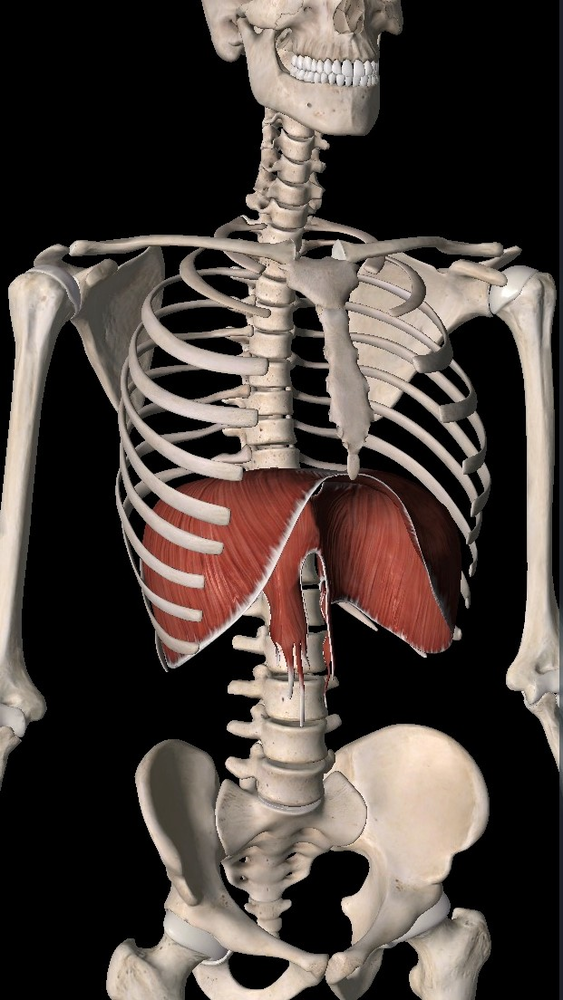 You might think that this would be easy, but it can be a difficult motor skill to master because the majority of us are not using our diaphragm to inhale. Think about how you’re breathing right now. Are your shoulders moving up and down or is your chest rising? The diaphragm is a horizontal disk-shaped muscle at the bottom of our rib cage that contracts when you inhale creating a vacuum effect to pull air into your lungs. Your spine needs to be in an ideal or stacked position for the diaphragm to function and there must be some abdominal tension for the diaphragm to contract. We’ll talk more about “stacking” later.
You might think that this would be easy, but it can be a difficult motor skill to master because the majority of us are not using our diaphragm to inhale. Think about how you’re breathing right now. Are your shoulders moving up and down or is your chest rising? The diaphragm is a horizontal disk-shaped muscle at the bottom of our rib cage that contracts when you inhale creating a vacuum effect to pull air into your lungs. Your spine needs to be in an ideal or stacked position for the diaphragm to function and there must be some abdominal tension for the diaphragm to contract. We’ll talk more about “stacking” later.
Stick with me on this because I know it’s a difficult concept to get your head around, but when you do it can be life changing. Picture sitting on a stool and pushing off the ground with your feet to spin. Your feet represent your diaphragm and the floor is your abdominal tension. Now try to spin without pushing off the ground. Hmmm, not an option right? If you don’t have some light tension in your abdominals, your diaphragm has nothing to push off from and thus, throws its proverbial hands up in the air and turns off.
For years I taught my patients to belly breathe, or let your stomach rise or pooch out when you inhale. However, the new research shows us that the diaphragmatic breath involves us inhaling into our lower ribs, especially towards the sides and back. We will continue to discuss breath in more detail over the next few Thursdays, so stay tuned!
For now, exhale completely, feel that tension in your abdominals, and try to maintain about 20% of that tension as you inhale into your lower side ribs. For the tactile learners in the group, put a belt around your lower ribs and cinch it down at the bottom of your exhale. When you inhale, push your lower ribs into the belt throughout the entire circumference. The inhale movement should be in your lower ribs, and if you're maintaining tension in your abdominals, your chest and your belly should not lift.
Not only does abdominal bracing and diaphragmatic breathing increase spine stability and decrease spine pain, this action sharpens balance, enhances digestion, and boosts your ability to completely fill your lungs. This improves the oxygen exchange throughout your body, which is especially good for you in high altitude areas, and can help to enhance your mood, decrease anxiety and even boost your immune system. Awesome, right?
Written by Darcy Cook, MSPT

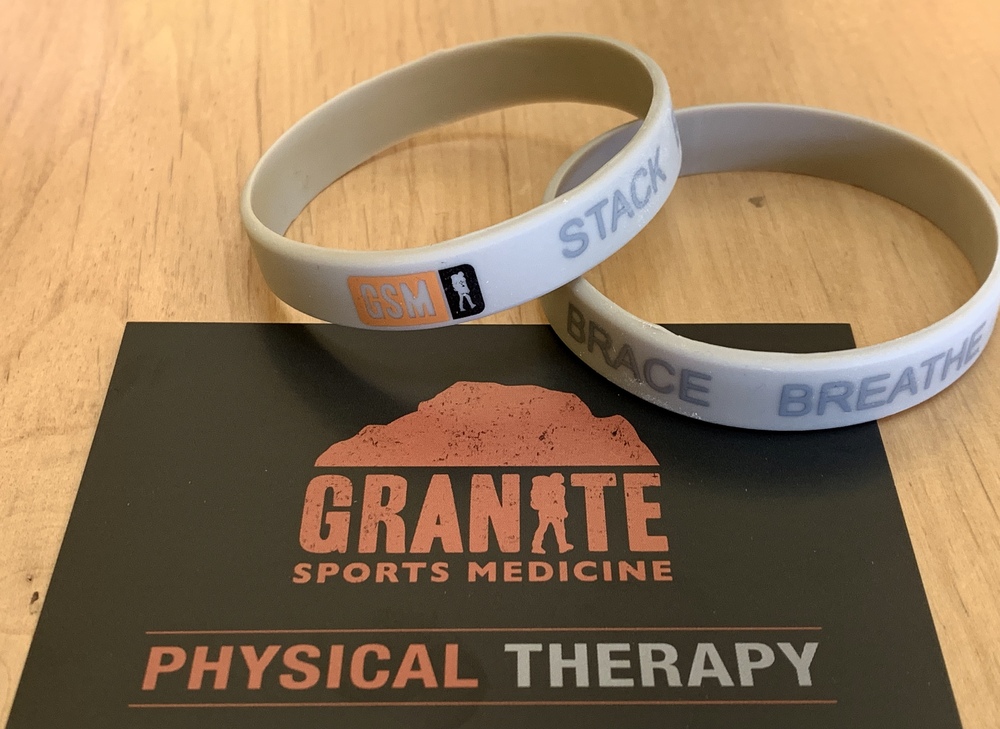
 Call 406 222 4682
Call 406 222 4682 Text 406 222 4682
Text 406 222 4682 Get Directions
Get Directions Instagram
Instagram  You Tube
You Tube 
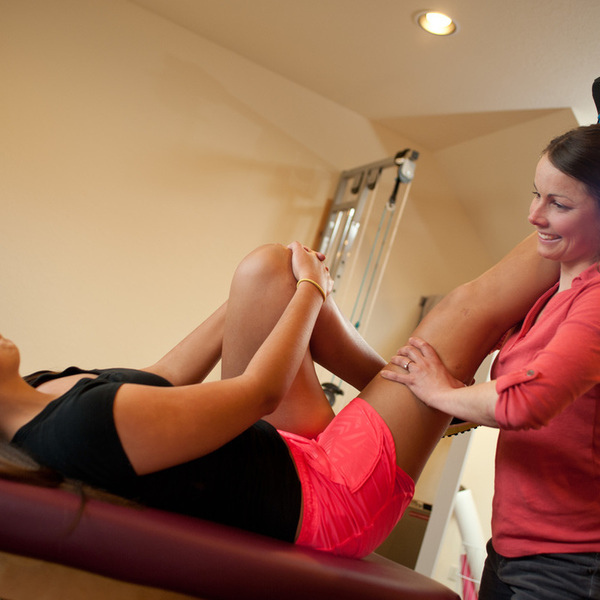
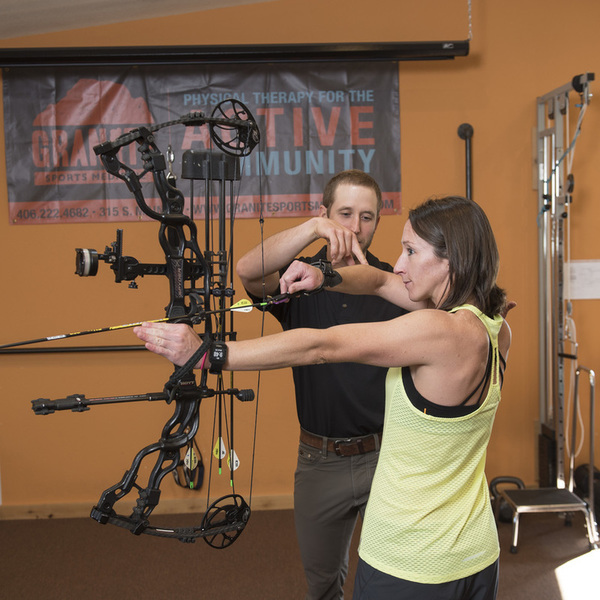

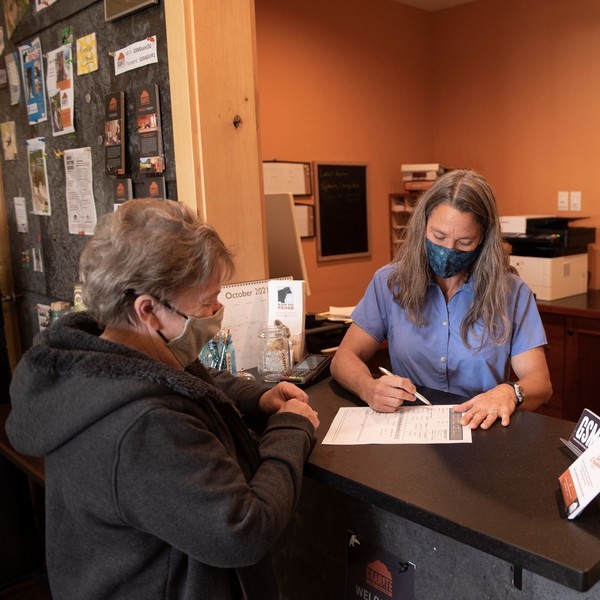
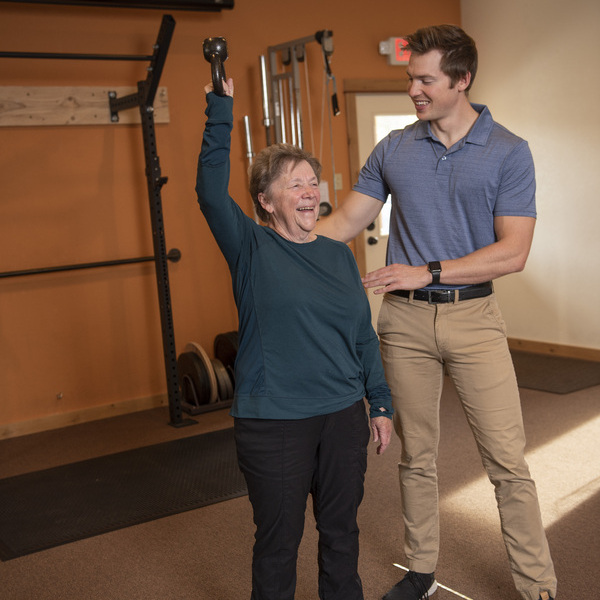
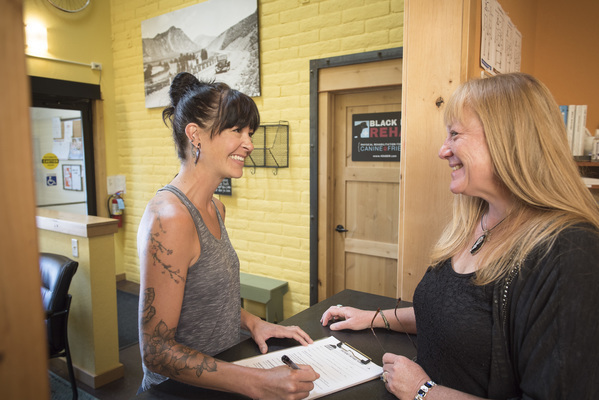
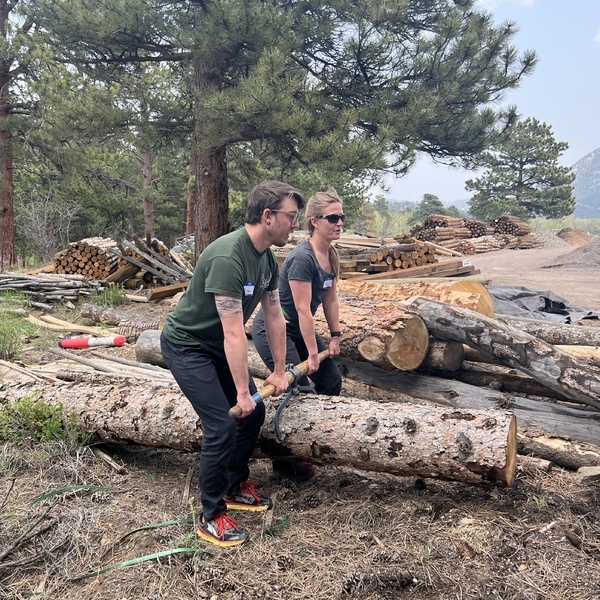
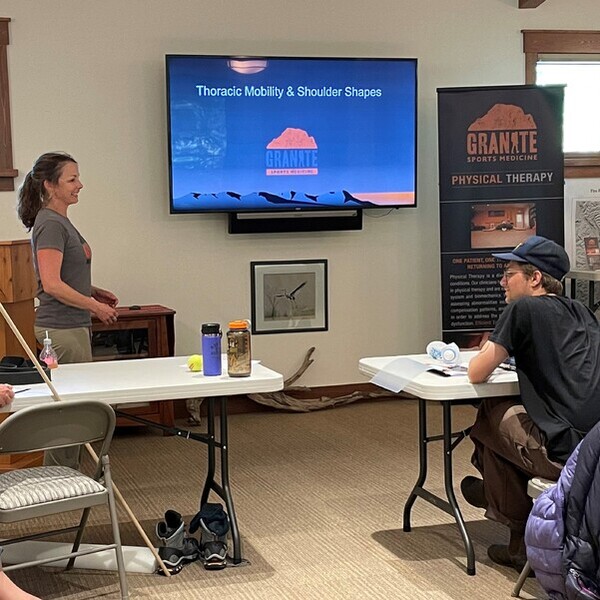
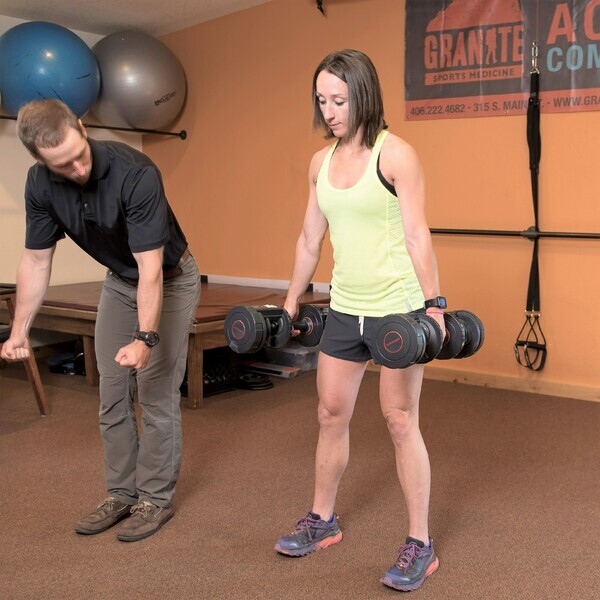
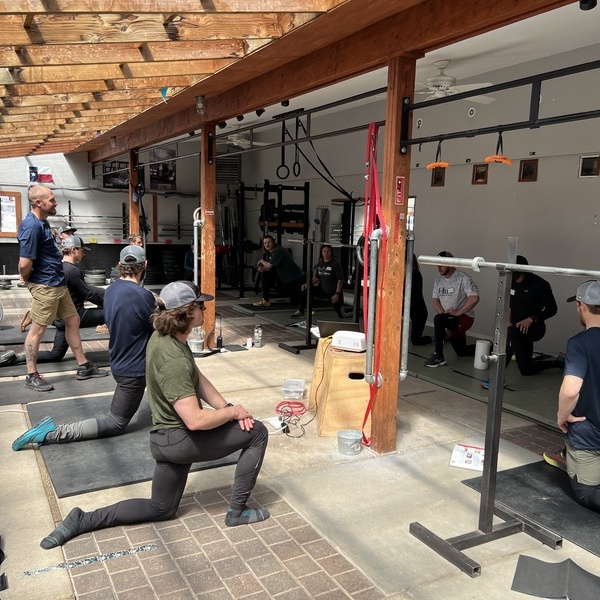


 You might think that this would be easy, but it can be a difficult motor skill to master because the majority of us are not using our diaphragm to inhale. Think about how you’re breathing right now. Are your shoulders moving up and down or is your chest rising? The diaphragm is a horizontal disk-shaped muscle at the bottom of our rib cage that contracts when you inhale creating a vacuum effect to pull air into your lungs. Your spine needs to be in an ideal or stacked position for the diaphragm to function and there must be some abdominal tension
You might think that this would be easy, but it can be a difficult motor skill to master because the majority of us are not using our diaphragm to inhale. Think about how you’re breathing right now. Are your shoulders moving up and down or is your chest rising? The diaphragm is a horizontal disk-shaped muscle at the bottom of our rib cage that contracts when you inhale creating a vacuum effect to pull air into your lungs. Your spine needs to be in an ideal or stacked position for the diaphragm to function and there must be some abdominal tension

